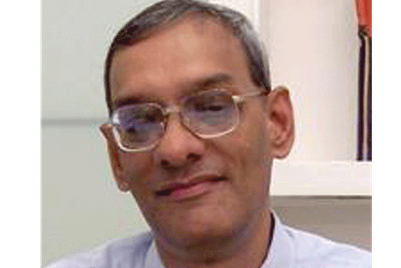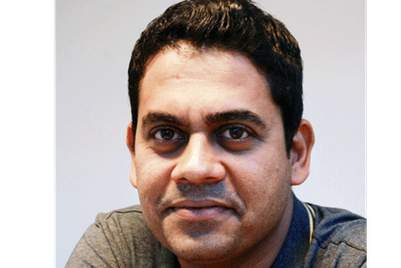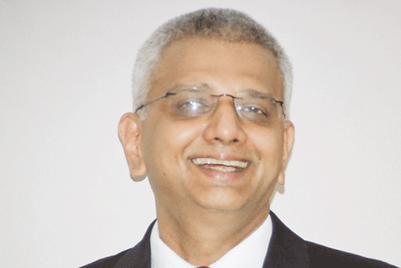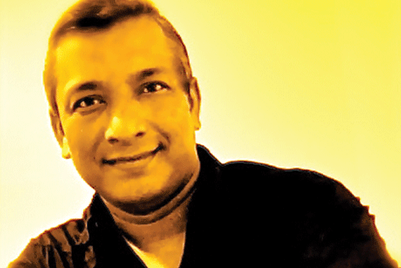
we’ve come a long way, baby
The point here is that Indian creativity has come of age and we no longer have to hang our heads in shame, says Suman Srivastava
I joined advertising at a time when Indian advertising was merely a poor photocopy of its Anglo-Saxon cousin. My point in this article is that we have come a long way since then. Our creative has become much better, our strategy needs work and we have barely scratched the surface on integrated communication.
Back then, copywriters were selected on how well they spoke English and how good their grammar was. Hindi copywriters were hidden away in the translations room. Account management had only recently become a respectable career option, but was still full of well connected, Martini lunch types at senior levels. And media planners tended to be Tamilian boys who could add up numbers accurately without needing a calculator.
Then came the Jaipur revolution. The revolution unleashed the energy and creativity of a whole group of young people who were not particularly good at English but had ideas and a sense of humor. Suddenly there was an Indian way of advertising and it attracted the attention of consumers as well as new recruits. Judges in international award festivals sat up to take notice. All was well with the world of Indian creativity.
Oh sure, we have our problems. Definitely more can be done to improve the quality of our creative product. But then everything in life can be improved upon. The point here is that Indian creativity has come of age and we no longer have to hang our heads in shame.All is not, however, well with the world of strategy.
Our country was all about scarcity. In that environment, all that mattered was the availability of the product and some awareness about it. Consumers would beat the proverbial path to your door. There was no real competition and so there was no need for a sharp, competitive strategy.Our creative product has improved without the help of strategy. Look at our best ads. Most of them make a generic category promise. This works well for market leaders and for categories where demand is more than supply. But we falter when there is real competition.
Of course, there are a few good strategy people in our industry. People who are revered within their companies, especially in their global networks. They go on to win internal planning awards and work on global pitches. Some of them even make a mark on the international scene.
The insights however are still shallow. To begin with, they are often about “people like us” rather than about the real masses. Strategy still hasn’t had its Jaipur revolution.The best strategy needs innovative research. Research that starts with strong hypothesis and then goes out to prove or disprove the hypothesis using new or old research techniques as required.Indian strategy is often based just on gut feel. The feelings of the senior most or the smartest people in the room. This is a good place to start. But not a good way to commit large amounts of the client’s money.
When we actually do research, it is often of the most uninspired variety. It’s the same repetitive research that is being done at the same moment by each of the players in the industry. Garbage in, garbage out. Predictable in, predictable out.
Finally, we hate measurement. We don’t really know whether something worked or not. Or why something worked. How can advertising ever become a science if we don’t make the effort of creating a repository of knowledge that is based on facts and past experience?
Is it any wonder that agencies no longer sit on the high table with clients when deciding on the future of brands, but have been relegated to the role of suppliers?
Let’s move on now to the last leg of the journey. The media end. Media gives the illusion of having advanced a lot since the days when I started my career. Certainly the choices that are available to a media person are amazing. The types of media have increased and the vehicles within each type have increased too. The media buyer is having a field day. But what of the media planner?
Like the strategic planner, the media planner too is asleep at the wheel. What passes for media strategy is really a set of slides that can be reused not only with other clients in the same industry, but also with clients in other industries. No wonder there are economies of scale in media!In this media cluttered world, it is an imperative for us to get deep insights into the media habits of our consumers. To truly understand the way they consume, not just the content part of media but also, and separately, the advertising side of it. And once we have got that, to develop an integrated plan for reaching her across touch points.
Integrated campaigns for brands in India is nothing but an exercise in checking boxes and matching luggage. We ensure that we have used each type of media and that all the work looks similar or has the same line. We haven’t really got an in depth understanding of how each media works for the brand. Surely the role of FM radio is different for a detergent being sold to housewives as opposed to motorcycles being sold to the youth. And what is the role of events and sampling in each of those cases?
Integrated channel planning in India is truly in its infancy. Currently more time and effort is spent on improving the CPRP of a TV plan than in optimizing the whole channel plan. We haven’t really understood or explained to our clients how it is better value to ensure that the media works in synergy than in just reducing the cost of the TV plan.
I am still bullish about the future of Indian advertising. I know that the party has just started on the strategy and media sides of the business. I feel that we are on the verge of a revolution in both the strategy and the media aspects of our business. A revolution there will ensure that the creative product too is pushed to the next higher plane.Lets have a martini to that. Cheers.








.png&h=268&w=401&q=100&v=20250320&c=1)

